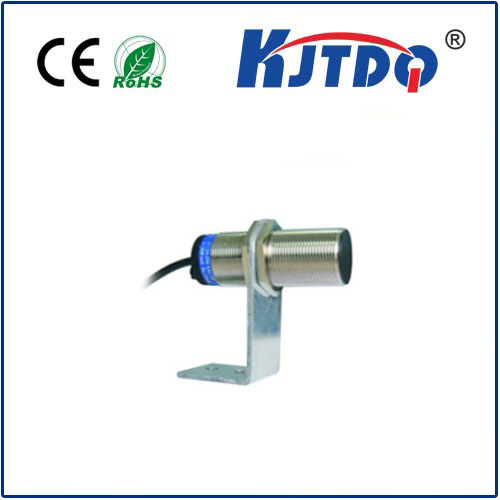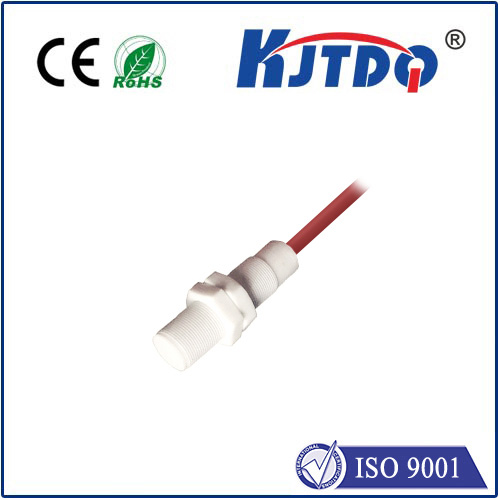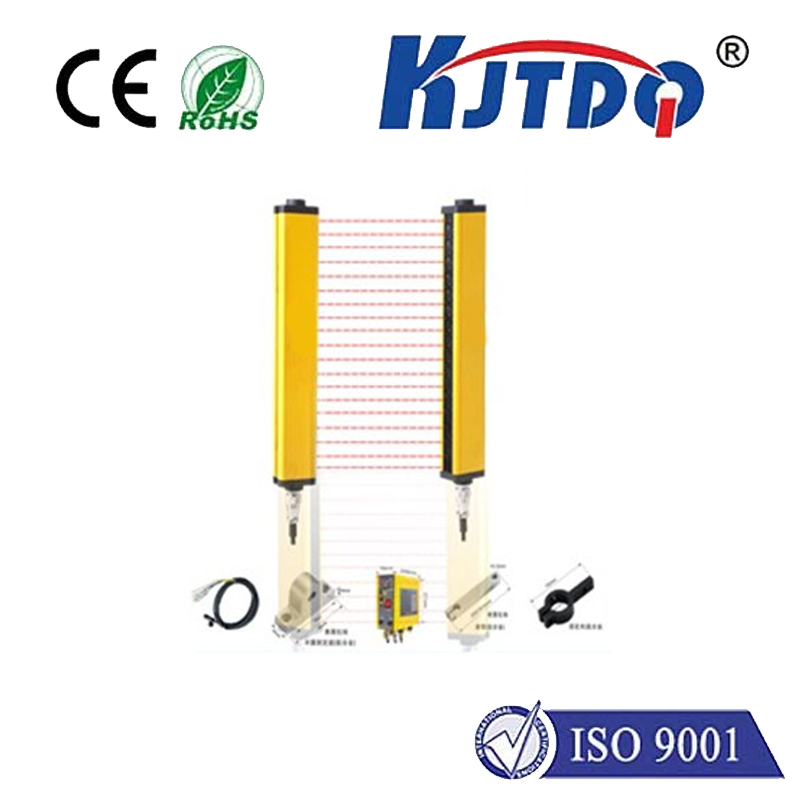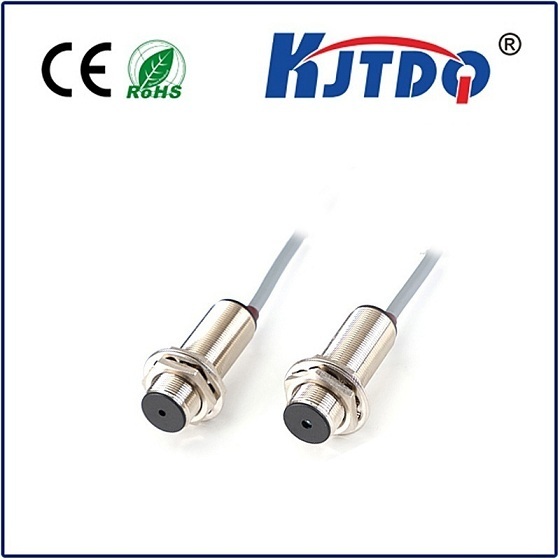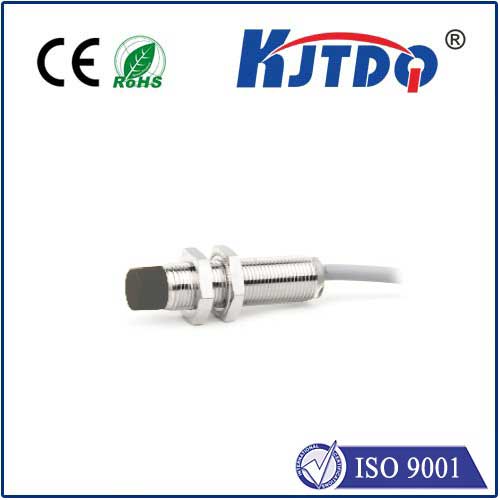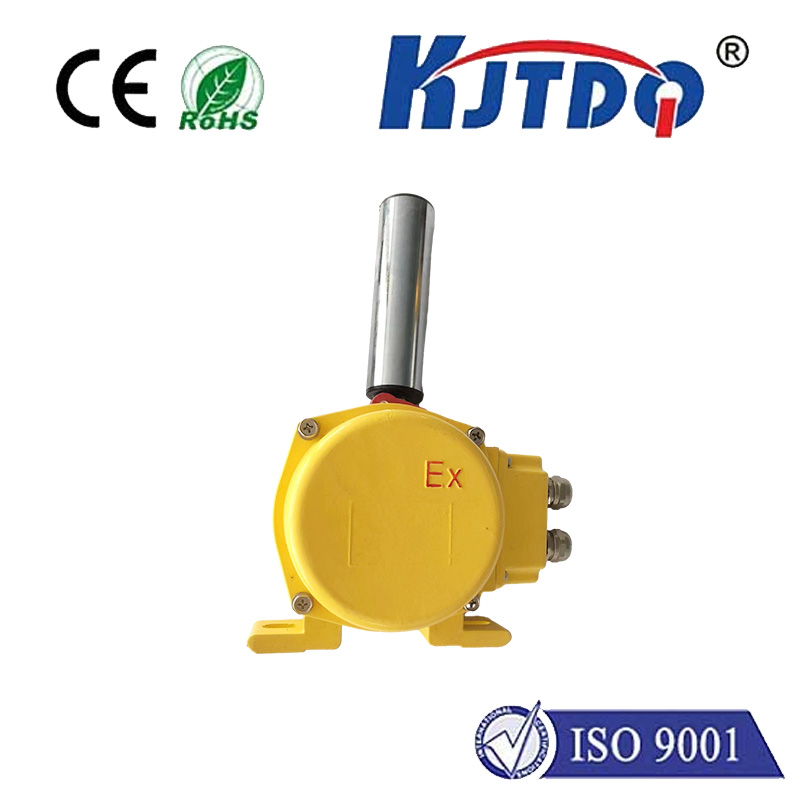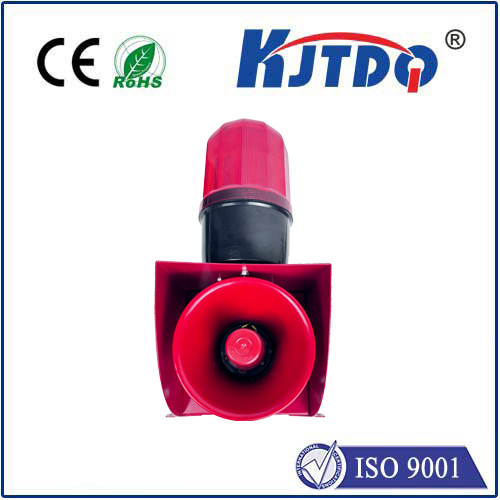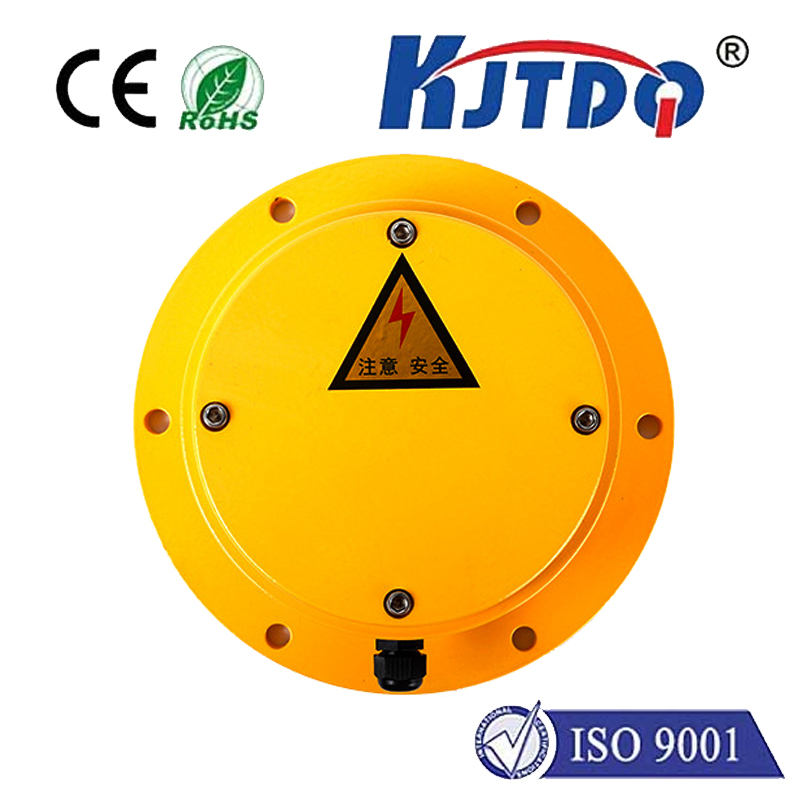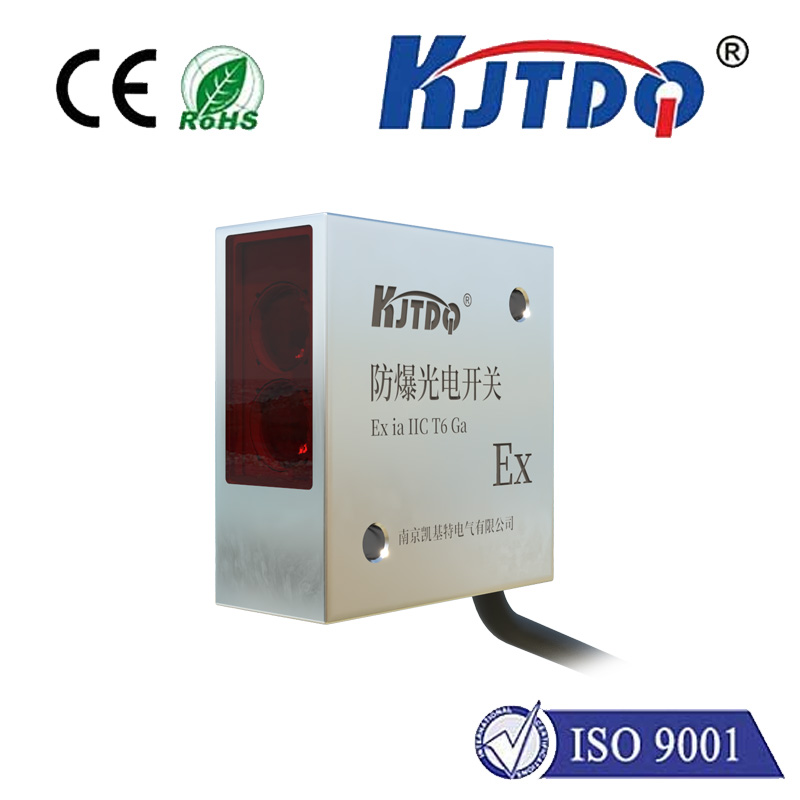
check

check

check

check
Exploring the Capabilities of Photoelectric Sensors
Photoelectric sensors are essential components in various industries, from manufacturing to healthcare. They play a crucial role in detecting objects and measuring distances with high precision and accuracy. In this article, we will delve into the capabilities of photoelectric sensors and how they can be utilized in different applications.
Firstly, let's understand what a photoelectric sensor is. It is a device that uses light to detect objects or measure distances. The sensor emits light and then detects the reflection or interruption of that light. This mechanism allows the sensor to determine the presence, absence, or movement of an object.

One of the most significant advantages of photoelectric sensors is their ability to provide non-contact measurement. Unlike traditional sensors that require physical contact with the object being measured, photoelectric sensors can detect objects without touching them. This feature makes them ideal for use in environments where contamination or damage to the object being measured is a concern.
Photoelectric sensors also offer high resolution and precision. They can detect small changes in distance or object size, making them suitable for applications that require precise measurements. For example, in the manufacturing industry, photoelectric sensors can be used to monitor the position of conveyor belts or detect defects in products during quality control processes.
Another benefit of photoelectric sensors is their versatility. They can be designed to operate in various wavelengths, including visible light, ultraviolet, and infrared. This adaptability allows them to be tailored to specific applications, such as detecting transparent objects or working in harsh environments.
In addition to their technical capabilities, photoelectric sensors are also easy to install and maintain. They do not require complex wiring or programming, making them accessible to technicians and engineers at all skill levels. Moreover, they have a long lifespan and are resistant to environmental factors such as dust, moisture, and temperature fluctuations.
In conclusion, photoelectric sensors are versatile and accurate devices that have numerous applications across various industries. Their non-contact measurement capability, high precision, and adaptability make them an ideal solution for many sensing needs. By understanding the principles behind these sensors and exploring their capabilities, we can unlock even more potential uses for them in future innovations.
